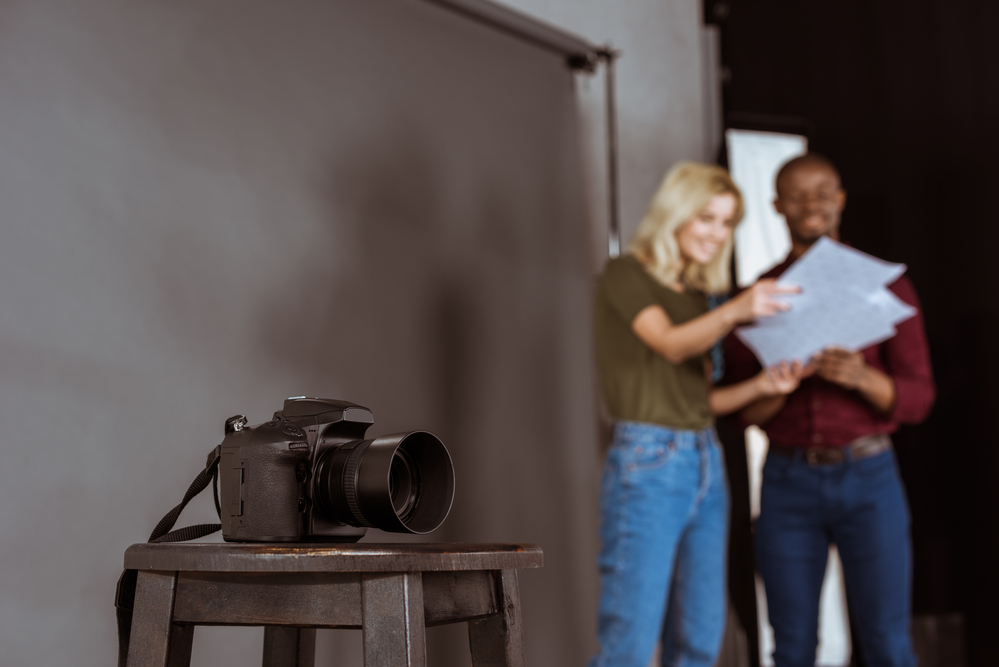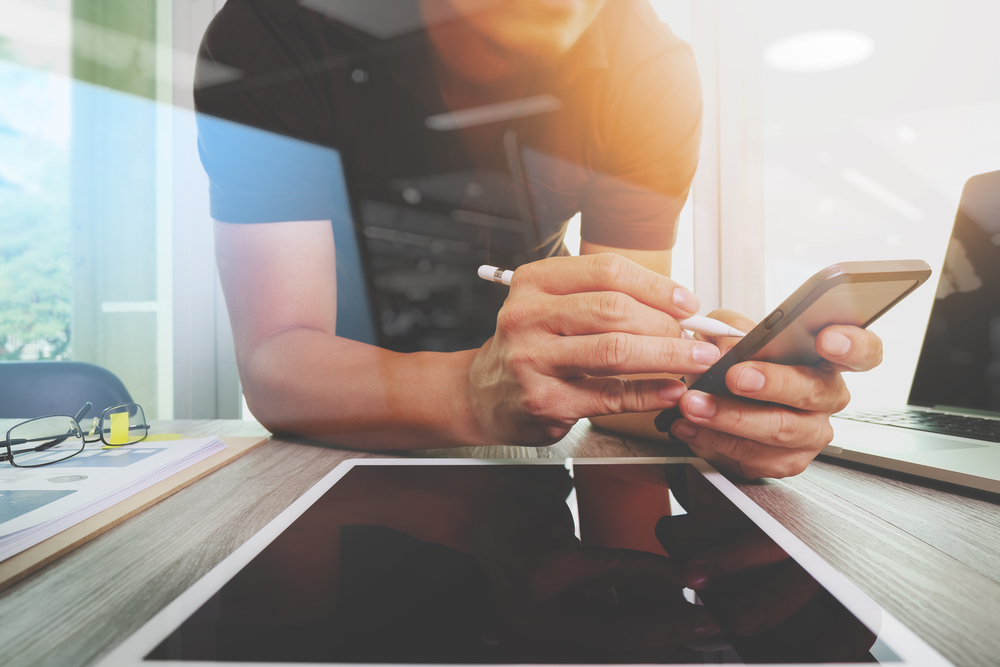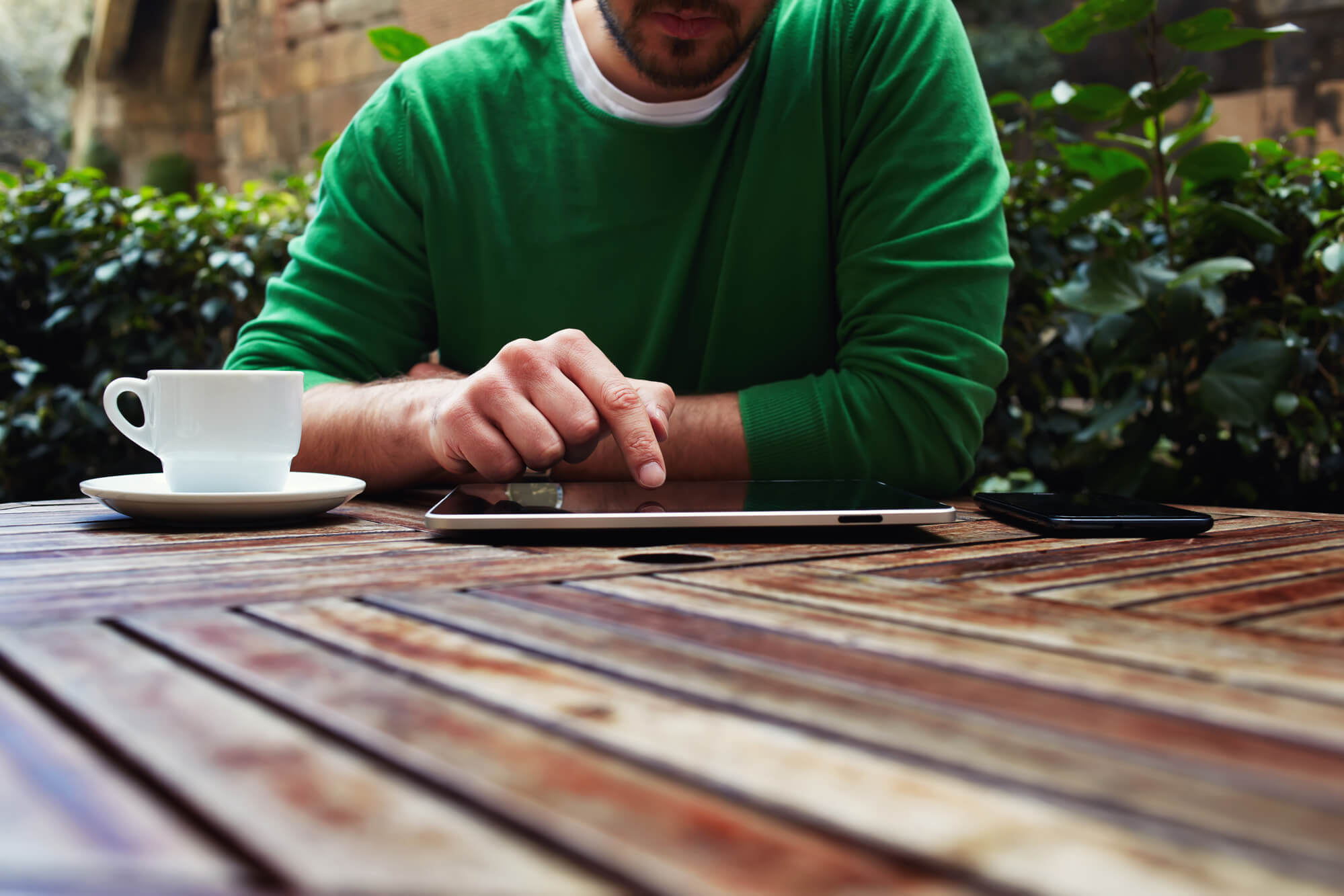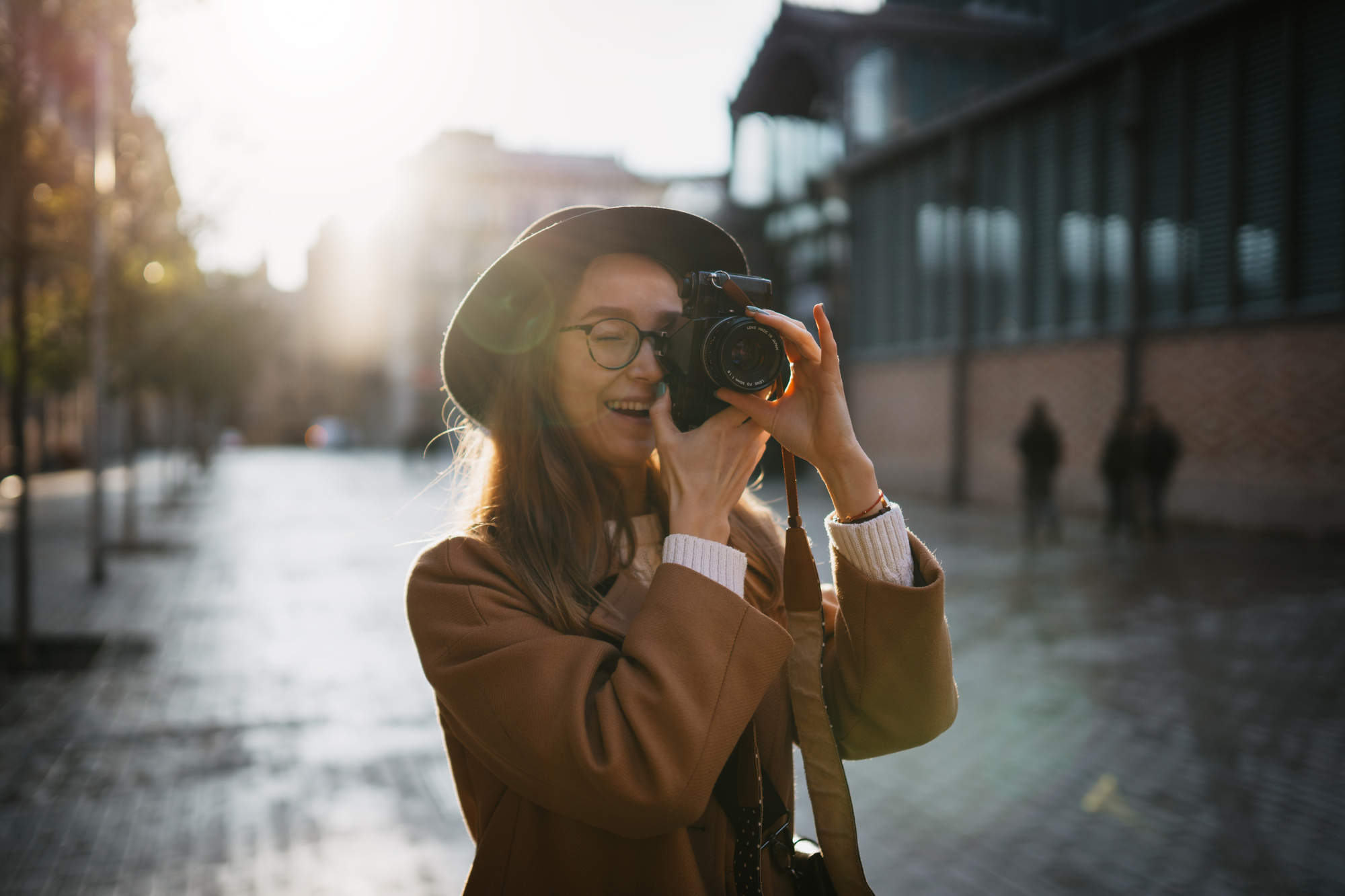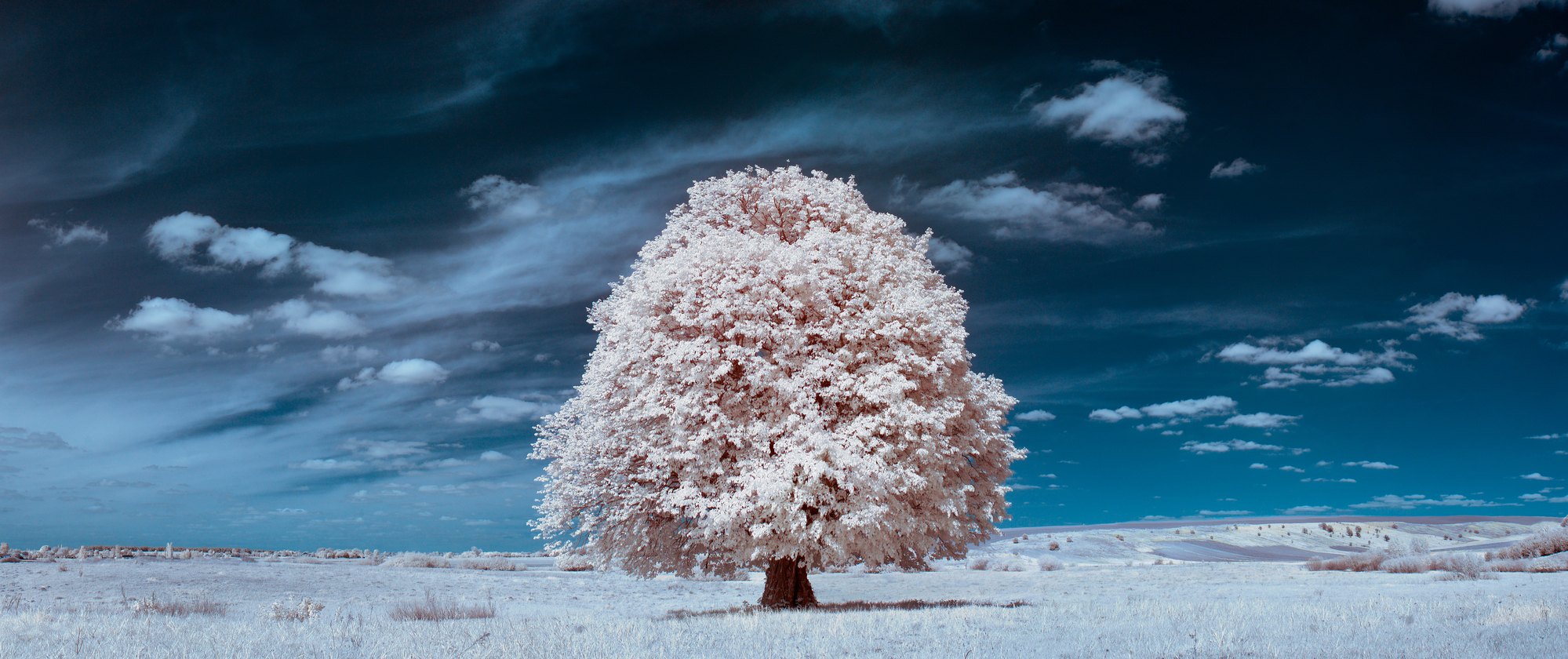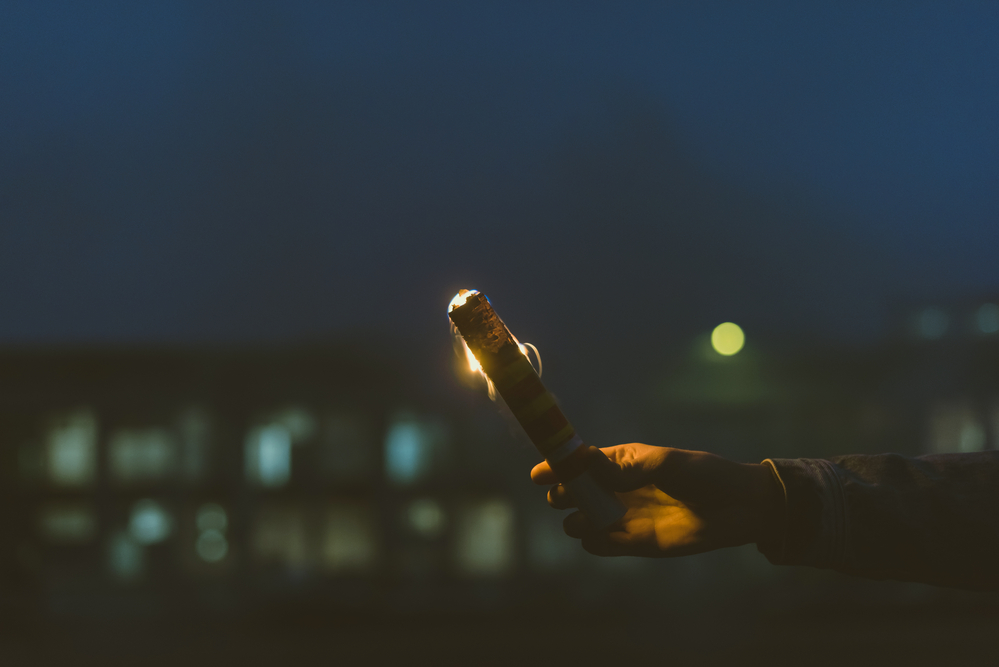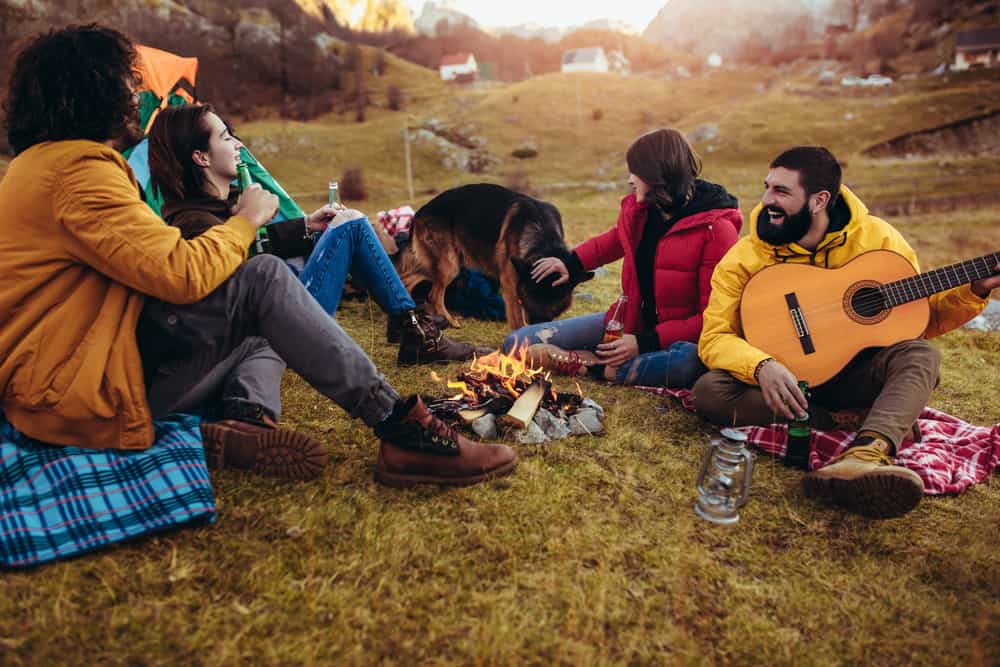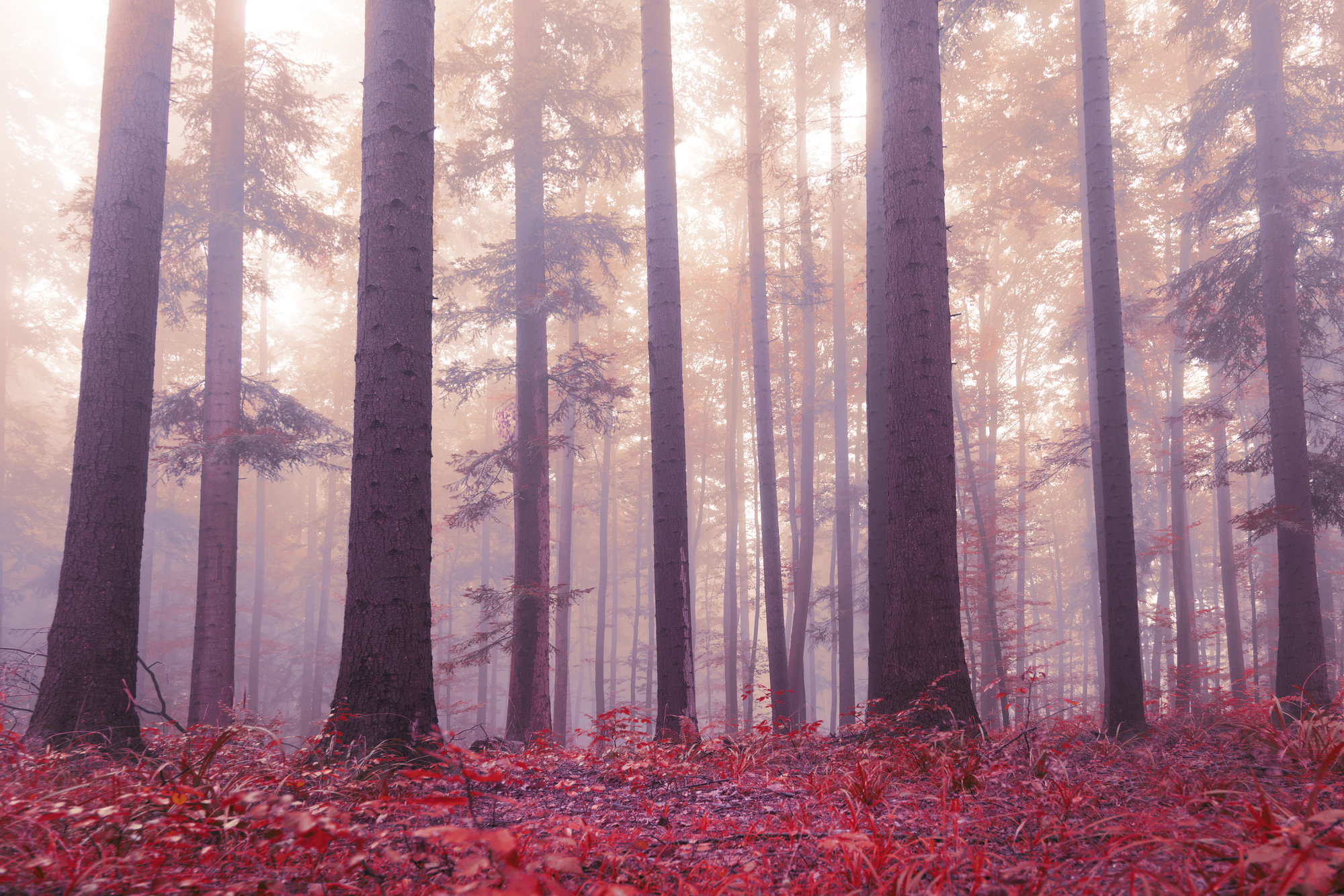How to Pose for Portrait Photos
Find your flattering angles
Even before the photoshoot takes place, you should look at yourself in the mirror and try to look for the features you like best. For example, you can see which side of your face you like more and turn it more often during a shoot. Practice poses in front of a mirror so that you feel more confident during photoshoots and know what to turn your good side to face the camera.Bring your chin up
In their natural relaxed position, almost no one keeps their head up, which results in a little bit of visible skin under their chin in a shot. To avoid this, you should remember to keep your head up during a photoshoot and bring your face forward a bit to emphasize your jawline.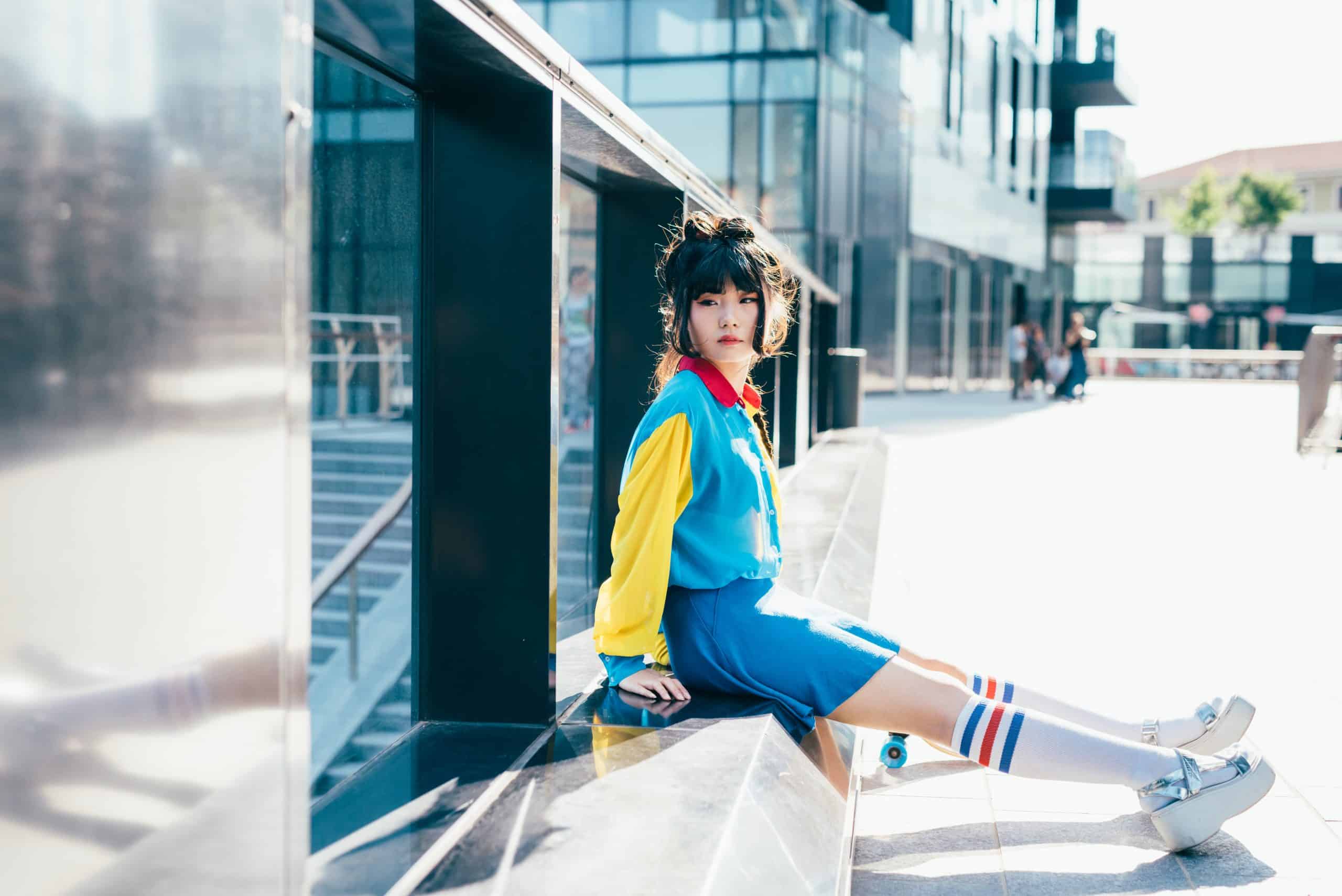
Keep your arms away from the body
Our arms naturally rest in a way that they might look bigger in a picture since they are ‘squished’ into the body. If you don’t want your arms to look flat, try to lift them up. For example, put your hands at your waist if you don’t know where to put them. This will let you create some space around your waist, resulting in a ‘thinner’ look.Don’t forget about your shoulders
If you look straight into the camera with broad shoulders, facing the camera directly, they might look bigger. While this might be applicable in some portrait photoshoots, it won’t work so well with beauty portraiture. It’s better to slightly turn your shoulders in front of a camera to give more depth and detail in the images.Keep your extremities busy
Here comes the best part: what to do with your hands and your feet at a photoshoot. It’s really hard for many people to make their extremities look good and relaxed in pictures, so try to keep them occupied. Take some prop in your hands, such as a coffee cup or your purse, or interact with your surroundings. As for your legs, it’s best not to keep them close together, but make your two legs separately visible. Instead of standing like a monument, you can put one foot in front of the other, as if you are walking, and put your weight on your back leg.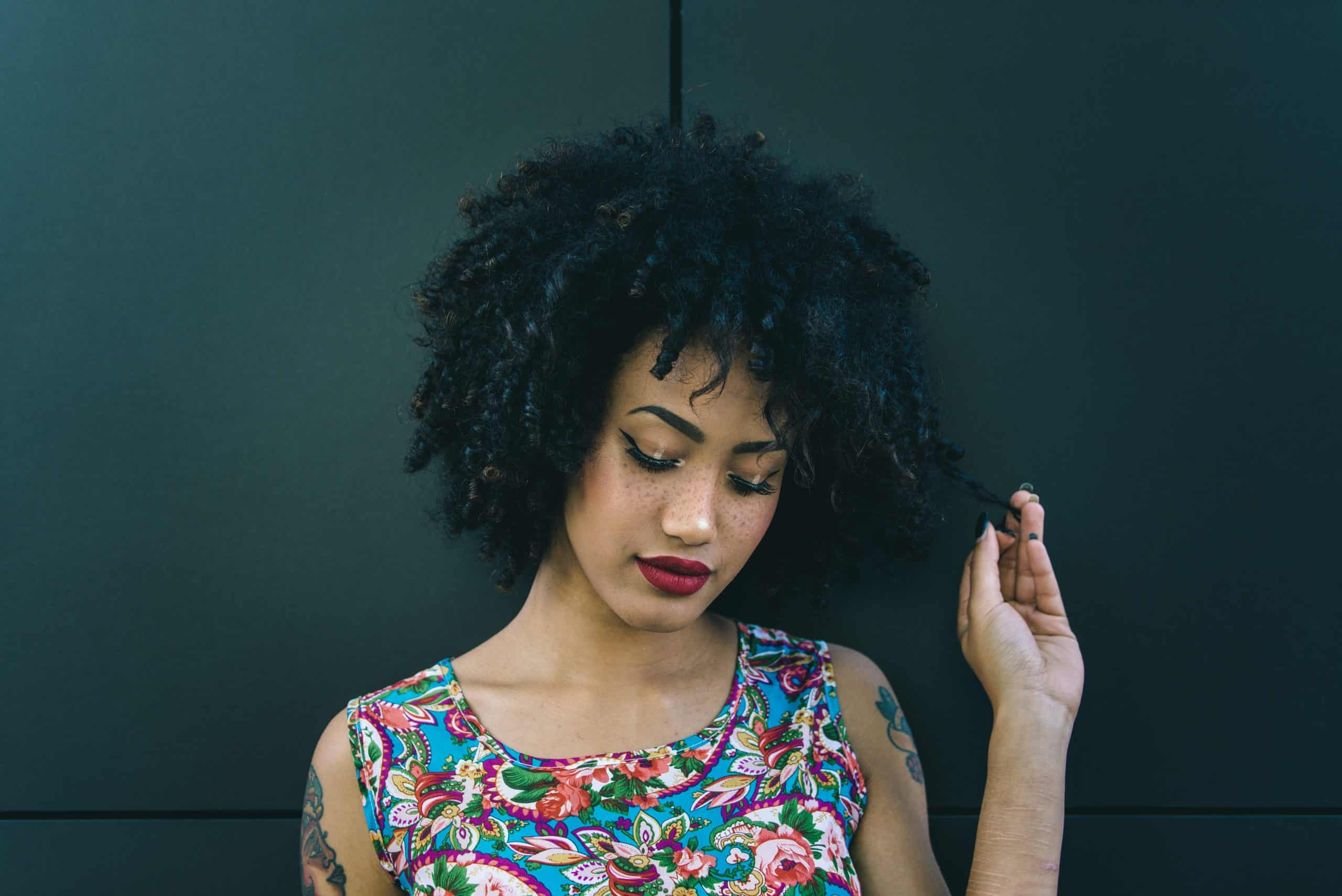
Play with your hair
Body poses are widely discussed when it comes to advise on posing, but many photography blogs forget to mention that your hair is an important element of a picture. They look differently when styled in a variety of ways and influence how your face appears. If you have long hair, try changing how your hair looks several times during a photoshoot, and even try interacting with it in a natural way for an additional pose.Try to relax
It might sound like obvious advice, but try your best to relax if you want naturally-looking, relaxed portrait pictures. Yes, it might be incredibly hard to relax in front of a camera, so you can use some props or interact with your background or surroundings (like holding a flower or a tree branch) to help you distract from the camera. Learning some breathing techniques will also help you to keep calm in many life situations, apart from a portrait photoshoot. That’s why it’s a good idea to research some meditation and breathing on YouTube to know how to ease yourself and relax if you’re nervous.Mind your clothes
When people plan a photoshoot, they try to dress nicely, but you can actually achieve more with the help of different clothes during the shooting. Your choice of an outfit influences your choice of poses when you get photographed, meaning that a more formal dress requires different types of poses and some clothes can even limit your movements. What’s more, some parts of your look can be interacted with while posing, especially accessories such as hats, bags, and jewelry. Using this type of prop will help you feel more comfortable during a photoshoot, so the pictures will look more natural.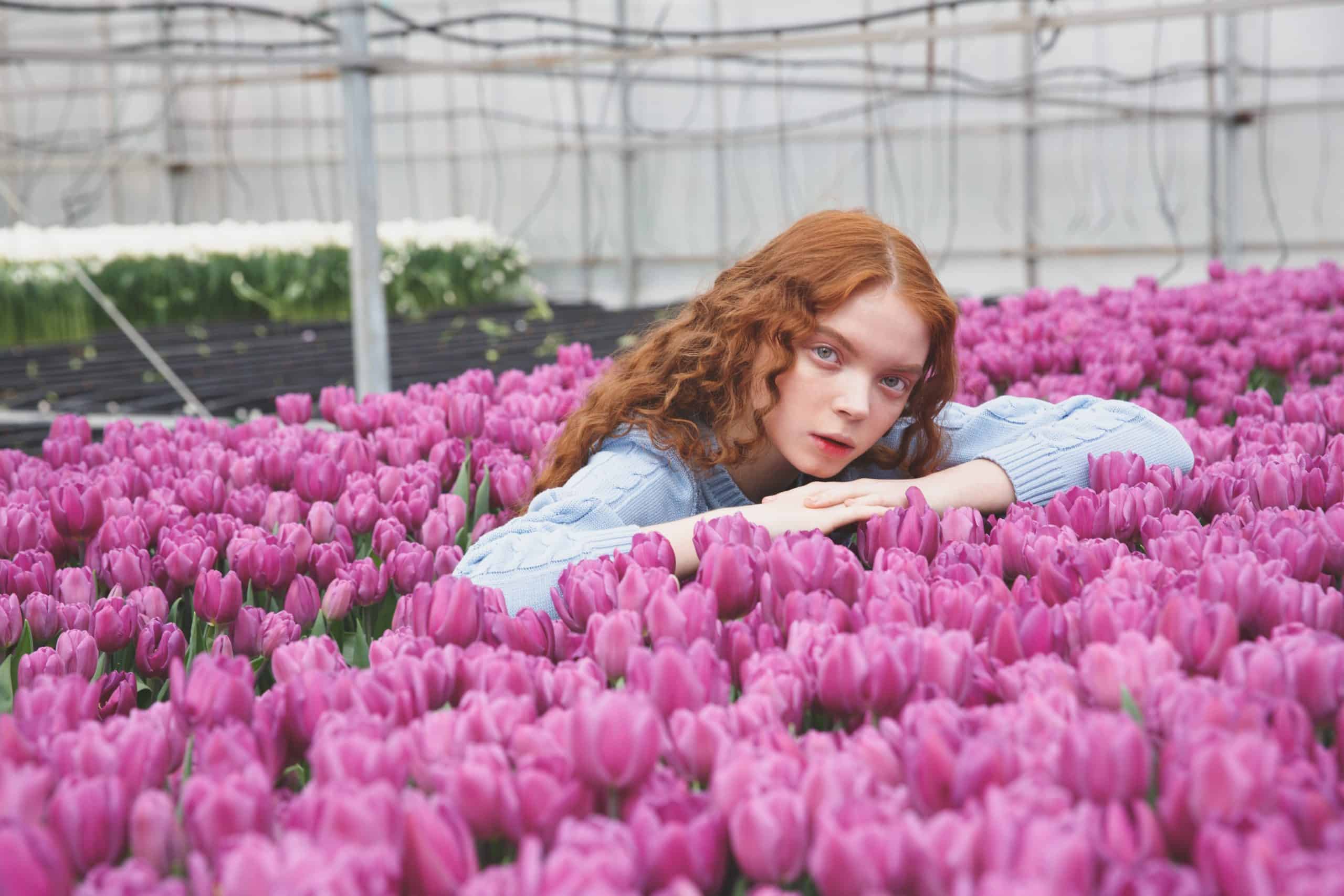
Bonus: Pay attention to light
Different lighting conditions can change how your portrait shots turn out, so you should know the basics about light. For a start, don’t use your flash and try to take advantage of natural lighting conditions. Technicalities for daytime and nighttime photography are different since lighting conditions drastically vary. Below are tips on how to leverage lighting for your portrait photoshoots, as light plays a crucial role in portraiture.- Daytime photography. A very common, but nonetheless useful advice is to shoot outdoors when the lighting conditions are the most favorable. The periods are the golden hour (shortly after the sunrise and before the sunset) and the blue hour (when air has a blue color in it before the sunrise and after the sunset). However, each time of the day provides its unique lighting you can try to work with. You should also try shooting during cloudy weather as clouds diffuse light to make a photo stunning and beautiful.
- Nighttime photography. This is harder than daytime photography due to tougher lighting conditions, which makes it easy to take a blurry picture. You need to opt for slower shutter speed, wider apertures, and lower ISO, and also shoot with a tripod at night to receive enough light for your photos. If you do use your flash, get a habit of taking a diffuser with you, which can be DIY or a purchased one.
